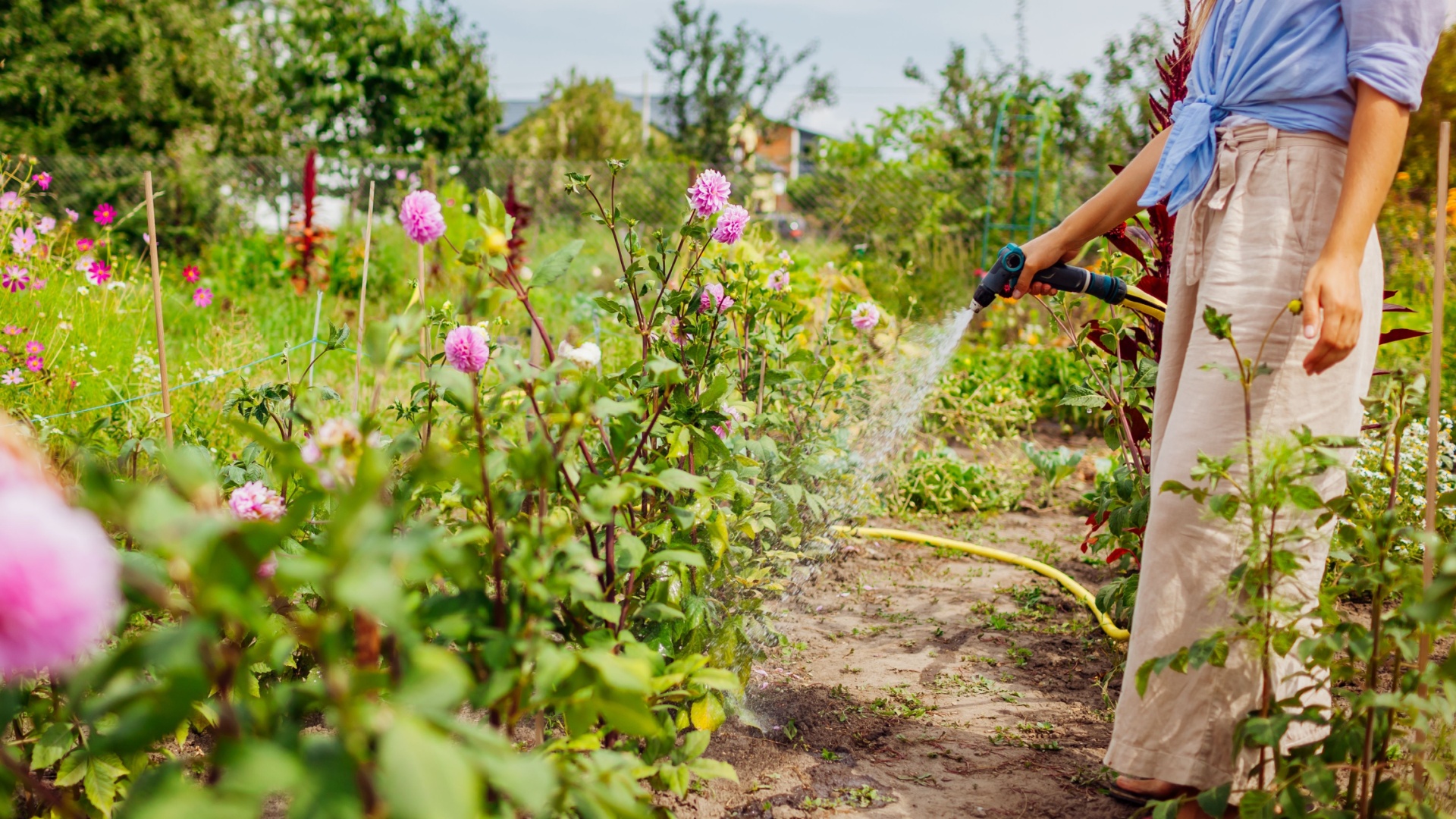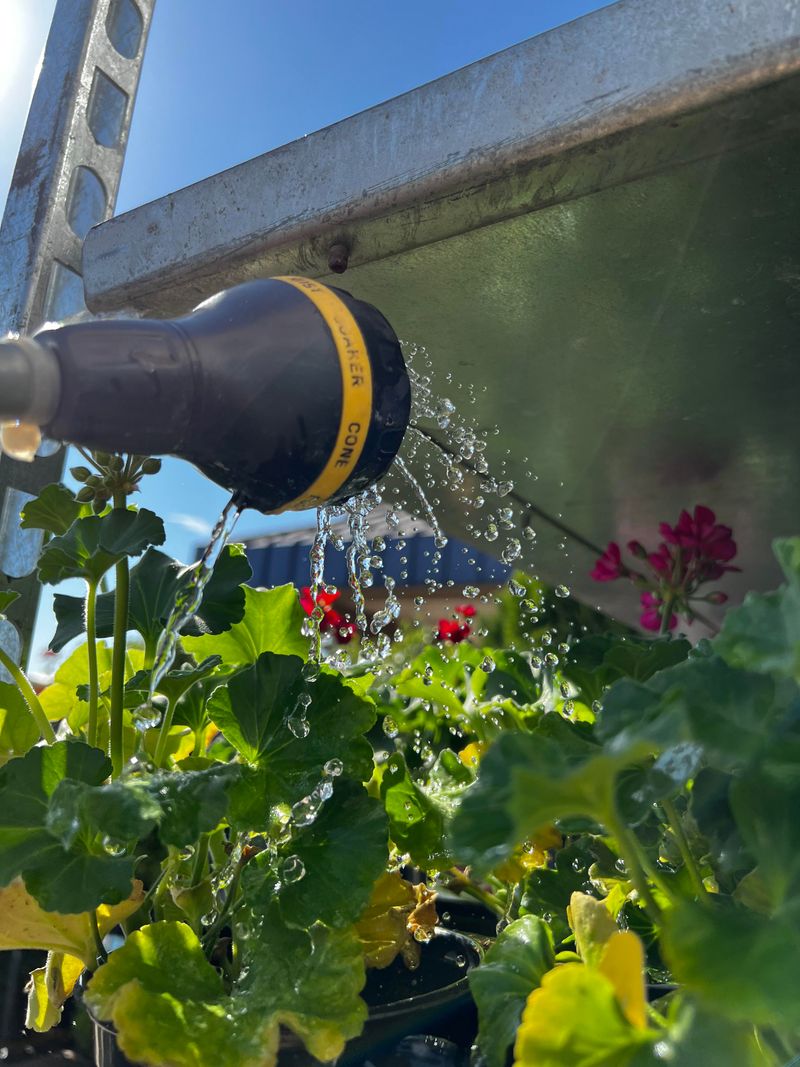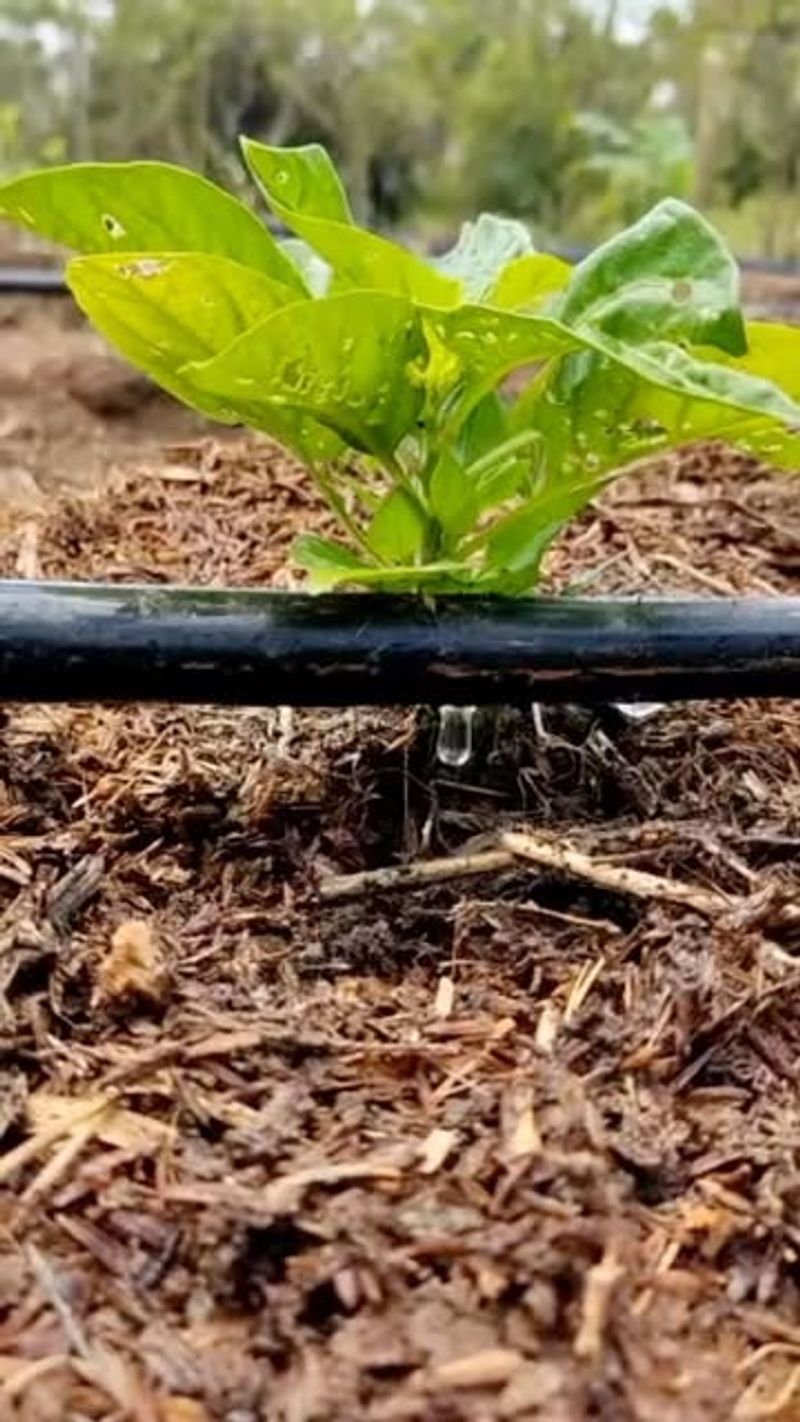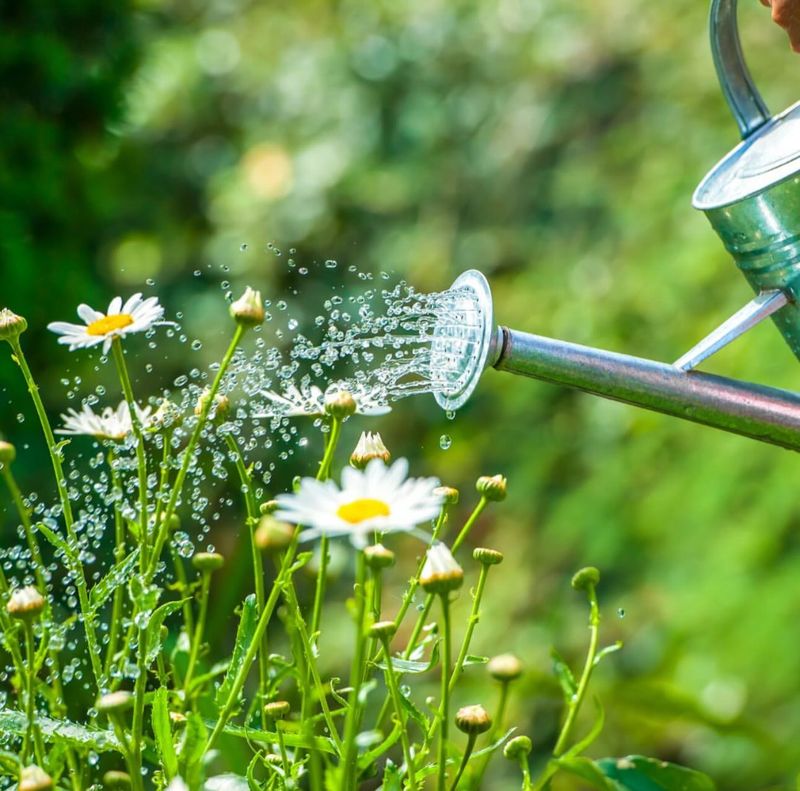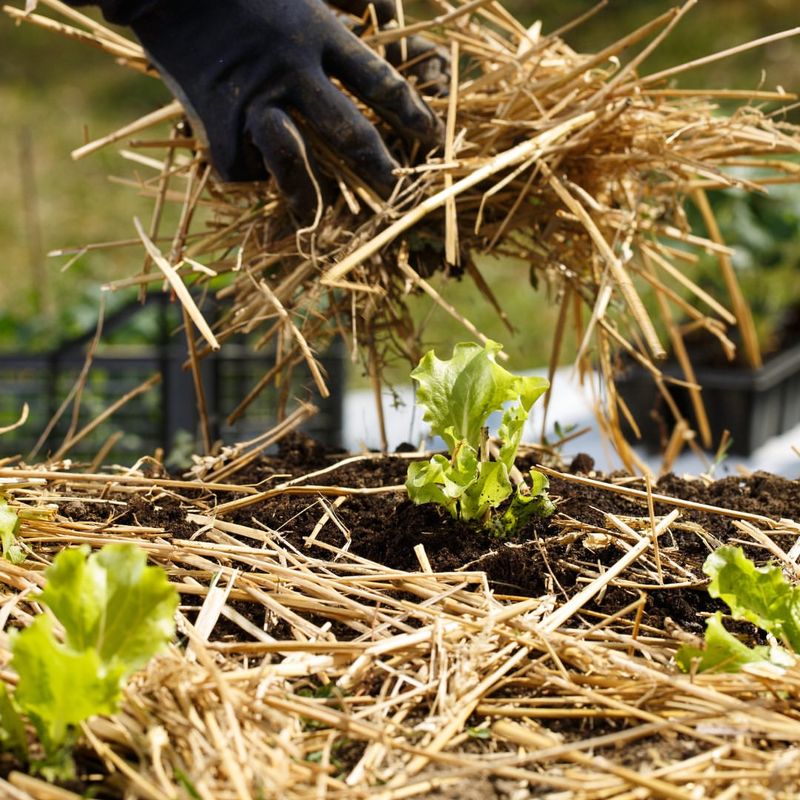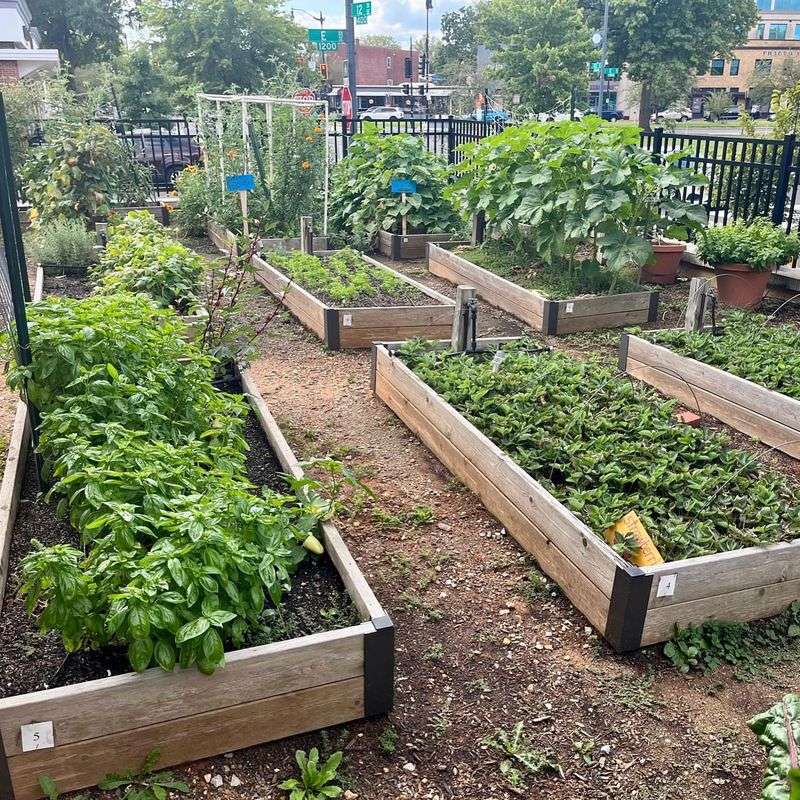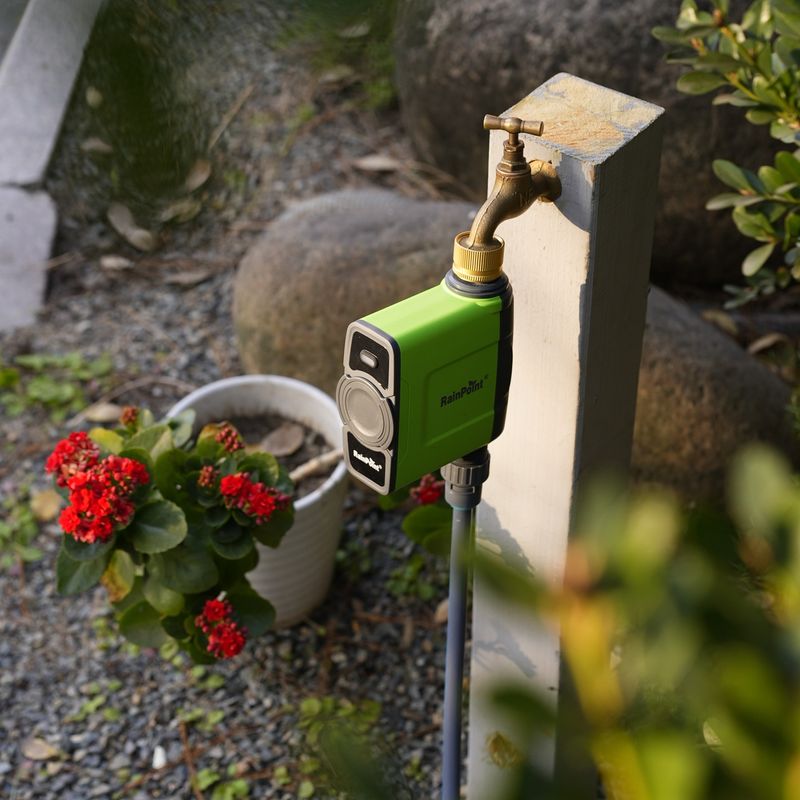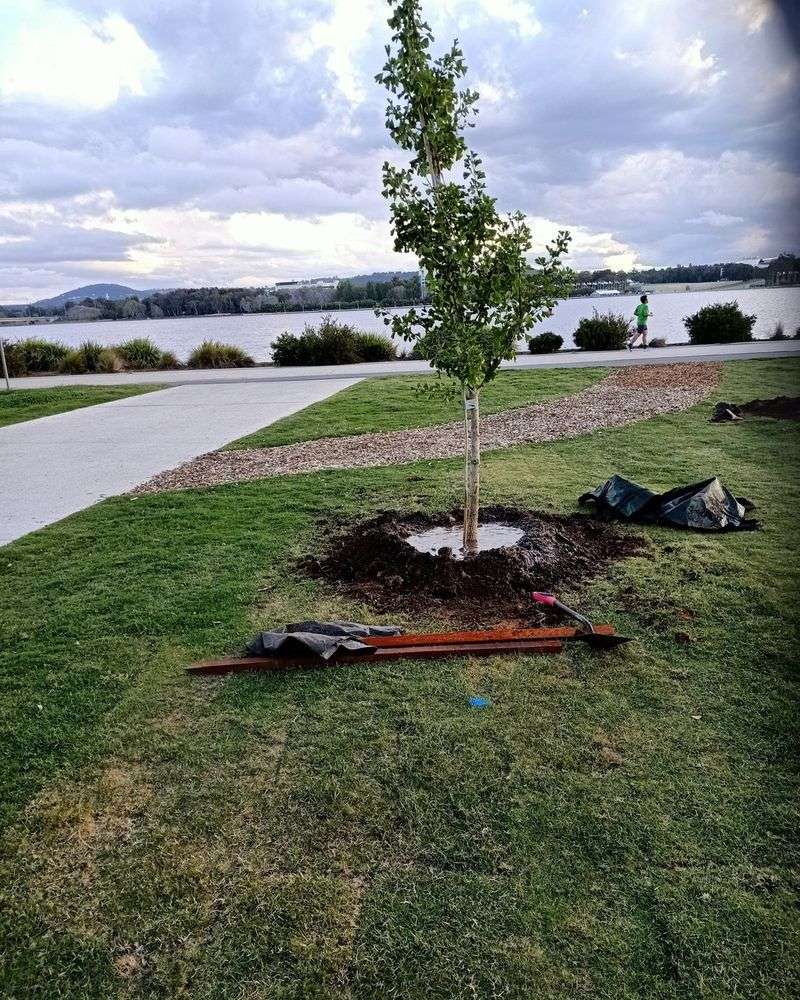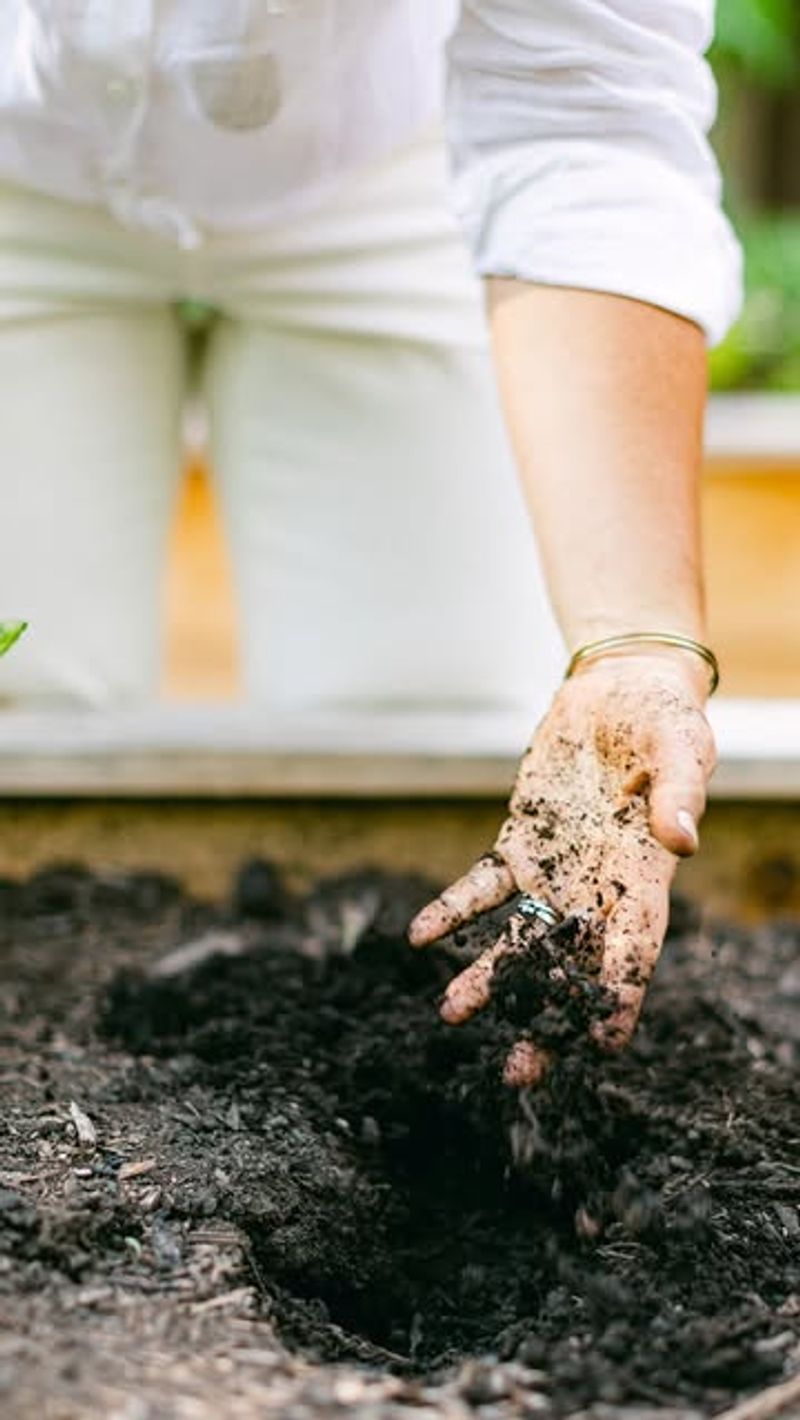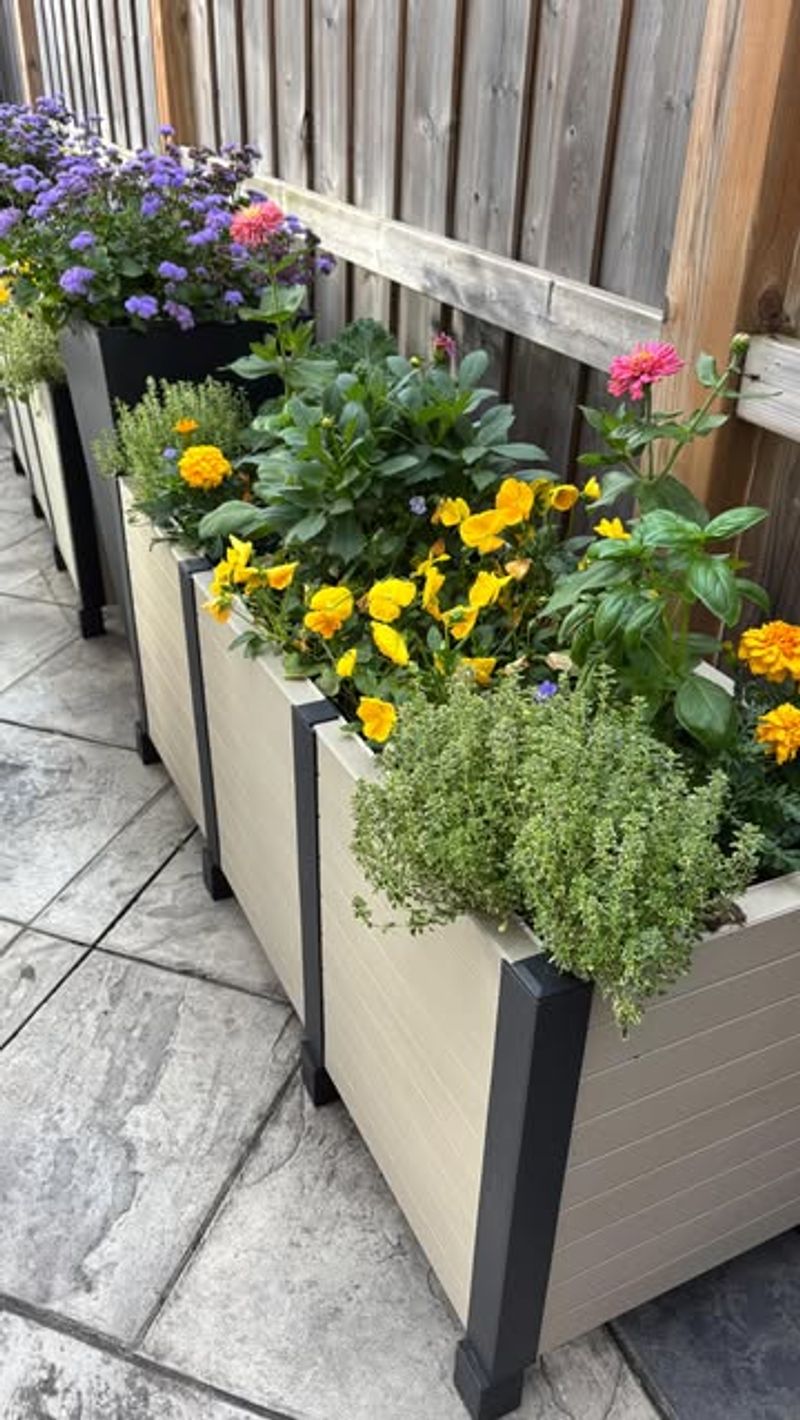When the heat cranks up, your garden needs more than a quick sprinkle to survive. Watering at the wrong time—or the wrong way—can do more harm than good.
These expert tips will help you hydrate smarter, not harder, so your plants stay strong, cool, and thriving even in scorching summer temperatures.
1. Water Early In The Morning
Rise with the sun to give your plants their daily drink. Early morning watering allows moisture to soak deeply into the soil before the day heats up, reducing evaporation significantly.
Plants have time to dry their leaves before evening, which helps prevent fungal diseases that thrive in damp nighttime conditions. As a bonus, morning watering creates a reservoir of moisture that plants can draw from throughout the hot day ahead.
2. Focus On The Root Zone
Forget spraying leaves—aim your water directly at the soil around plant stems. Roots do the drinking, not leaves! Concentrated watering in this critical zone ensures water reaches where it’s actually needed.
For larger plants and trees, extend your watering radius to match their drip line (where rain would fall from outer branches). Using a soaker hose or drip irrigation system delivers water precisely to root zones without wasteful runoff or leaf wetting.
3. Water Deeply And Less Frequently
Shallow, frequent sprinkles create weak, surface-level roots vulnerable to heat. Instead, give plants a good, thorough soaking less often—this encourages roots to grow deeper into cooler soil layers.
Most gardens benefit from 1-2 deep waterings per week rather than daily light sprinkles. How do you know it’s deep enough? Dig a small hole after watering—moisture should penetrate at least 6-8 inches for established plants.
4. Add Mulch As Your Garden’s Bodyguard
Spread a 2-3 inch layer of organic mulch around plants to lock in precious moisture. Think of mulch as your garden’s personal bodyguard against the sun’s harsh rays and evaporation.
Straw, wood chips, or shredded leaves create a protective barrier that keeps soil cool and moist. An added bonus? Mulch gradually breaks down to feed your soil and suppresses those pesky weeds competing for water.
5. Collect Rainwater For Free Garden Hydration
Mother Nature provides the best water source—why not capture it? Position rain barrels under downspouts to collect free, chemical-free water that plants absolutely love.
A single rainstorm can fill multiple barrels, providing days of garden irrigation. During hot spells, your stored rainwater becomes garden gold. Even a simple collection system with one barrel can save hundreds of gallons throughout the growing season.
6. Group Plants By Water Needs
Creating hydrozones—grouping thirsty plants together and drought-tolerant ones in their own section—revolutionizes garden efficiency. This smart planning prevents overwatering some plants while underwatering others.
Tomatoes and cucumbers, for instance, can share space as water-lovers. Meanwhile, herbs like rosemary and lavender thrive with minimal irrigation. By matching plants with similar needs, you’ll save water and give each plant exactly what it requires to flourish.
7. Upgrade To Smart Irrigation Technology
Garden watering enters the digital age with smart controllers that adjust schedules based on weather conditions. These clever devices connect to WiFi and automatically skip watering when rain is in the forecast.
Moisture sensors placed in your soil provide real-time data about when plants actually need water, not just when it’s scheduled. While the initial investment might seem steep, smart irrigation typically pays for itself within two seasons through water savings.
8. Create Watering Basins For Trees And Shrubs
Shape the soil around newly planted trees into a donut-shaped basin that holds water right where roots need it. This simple technique creates a reservoir that slowly delivers moisture directly to developing root systems.
Make your basin about 2-3 feet in diameter for young trees, with a raised edge about 4 inches high. When you water, fill the basin completely and let it slowly percolate down. This targeted approach ensures deep hydration without runoff.
9. Test Soil Moisture Before Watering
Become a garden detective by checking soil moisture before automatically reaching for the hose. The finger test—sticking your finger 2 inches into the soil—provides instant feedback on whether plants truly need water.
If soil feels moist at your fingertip, hold off watering for another day. For those preferring gadgets, inexpensive moisture meters give precise readings. This simple habit prevents the most common garden mistake: overwatering, which can be just as harmful as underwatering.
10. Apply Water-Retaining Polymers For Container Gardens
Mix water-absorbing crystals into potting soil for container gardens to create mini water reservoirs. These remarkable polymers expand when wet, holding water that would otherwise drain away, then slowly release moisture as the soil dries.
Particularly valuable for hanging baskets and patio pots that dry out quickly, these crystals can reduce watering frequency by up to 50%. Just a small amount mixed into soil when planting can make a dramatic difference in how often you need to water.

